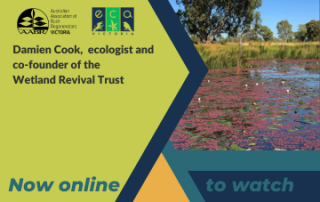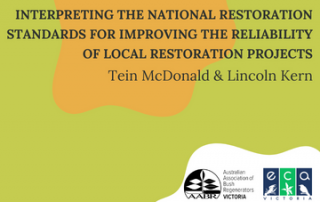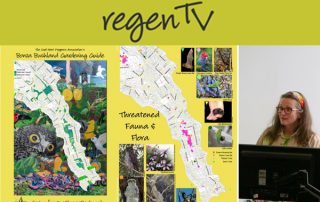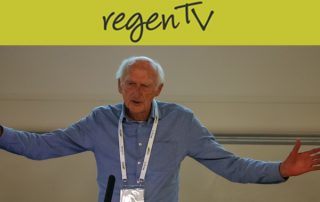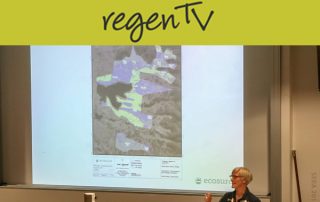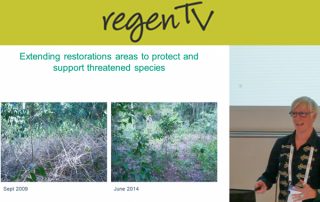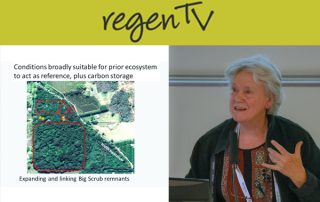Protecting and restoring Wirra-lo Wetlands – Recording
The inspirational lunchtime webinar by Damien Cook from the Wetland Revival Trust- Protecting and restoring Wirra-lo Wetlands is an hour well spent is now available to watch on regenTV. Never underestimate the power of a great idea and the dedication to a cause. The lunchtime webinar series co-hosted by AABRVic and ECAVic are proving to [...]

